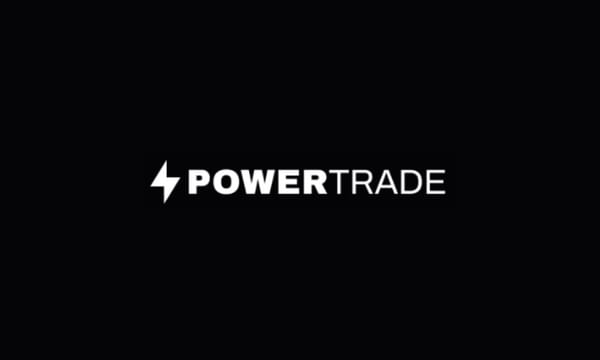Evaluating USDC Regulatory Compliance Across Jurisdictions
Stablecoins like USDC have exploded in popularity in recent years as a way to minimize volatility in the crypto markets. However, regulatory oversight of stablecoins varies widely across different countries and jurisdictions. Evaluating USDC’s compliance with financial regulations is crucial for understanding its long-term viability.
Introduction
As blockchain technology and digital assets continue to disrupt the financial sector, regulators around the world are scrambling to update old laws and create new ones specifically for cryptocurrencies. Stablecoins present a unique challenge due to their hybrid nature - they function like currency but are built on blockchain like other crypto assets.
Understanding how USDC complies with diverse regulatory frameworks helps investors gauge risks and predict potential regulatory roadblocks. Examining USDC’s status across major markets also provides insight into how different nations view stablecoins and whether consistent global standards are emerging.
US Regulatory Landscape
The U.S. currently lacks comprehensive federal regulation covering stablecoins. Oversight is instead fragmented across various agencies like the SEC, CFTC, and state regulators. USDC’s issuer Circle works proactively with regulators but operating in legal gray areas poses challenges.
The SEC views most stablecoins as securities requiring registration and disclosure. However, USDC relies on exceptions as its fully-reserved model limits speculation. The CFTC considers stablecoins like USDC to be commodities subject to its rules. State regulators also apply money transmitter licenses.
This patchwork approach creates compliance hurdles for USDC. However, its conservative design aligned with regulations makes it one of the most compliant U.S. stablecoins.
International Compliance
Unlike the U.S., many jurisdictions like the EU, UK, and Singapore have implemented bespoke stablecoin regimes. These provide more regulatory clarity but also stricter requirements.
The EU’s Markets in Crypto-assets (MiCA) framework creates a new stablecoin issuer license. To operate in the EU, USDC would need to meet prudential standards like minimum capital and investor right protections. Similar licenses apply in the UK and Singapore.
These specialized regulations aim to mitigate stablecoin risks. However, excessive constraints could also hinder innovation. It remains to be seen whether international rules converge and if USDC can adapt without compromising its model.
Compliance Best Practices
Navigating diverse regulations requires USDC to employ compliance best practices. These include:
- Know Your Customer (KYC) and Anti-Money Laundering (AML) protocols to verify users’ identities and combat illicit transactions. USDC uses market-leading blockchain analytics.
- Regular attestations to prove 100% fiat collateralization and reserves. Real-time proof of reserves will likely become an emerging standard.
- Collaborating closely with regulators to shape policy and provide transparency. USDC is actively involved in regulatory discussions globally.
- Conservatively designed stablecoin architecture that aligns with regulations. USDC's simplicity contrasts with algorithmic models which draw more scrutiny.
Adhering to stringent standards enables USDC to build trust and credibly demonstrate compliance across jurisdictions.
Can Global Regulatory Alignment be Achieved?
Fragmented regulations present a key challenge for stablecoins seeking broad adoption. It raises questions on whether regulatory alignment is achievable.
Some argue fundamental differences across jurisdictions make harmonized rules unrealistic. Moreover, many regulators believe customized national policies are optimal.
However, others contend global standards are essential for stablecoins to reach their cross-border potential. Models like reciprocal licenses could allow compliance portability between compatible regimes.
International coordination efforts like the Financial Stability Board could also promote convergence. But conflicting national interests may hinder progress.
In reality, a spectrum of aligned and localized rules is the most probable outcome. Stablecoins like USDC must be flexible enough to comply across this patchwork system.
Conclusion
Evaluating USDC’s diverse compliance landscape provides unique insights into the opportunities and obstacles for stablecoins seeking global reach. Although fragmented regulations pose challenges, USDC’s cooperative approach and adherence to best practices help it navigate ambiguity.
Looking ahead, USDC’s regulatory agility will be continually tested as both U.S. and international policies evolve. Striking the right balance between localization and global harmonization will be critical for stablecoins to unlock their full disruptive potential.




